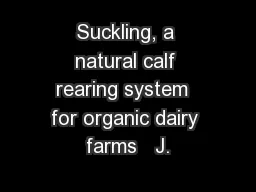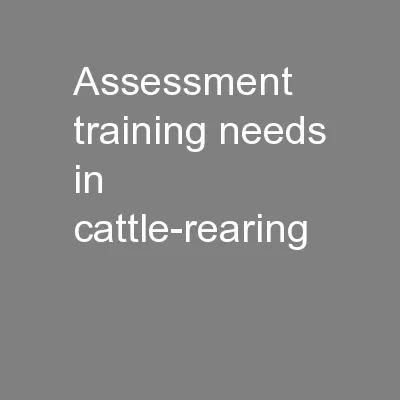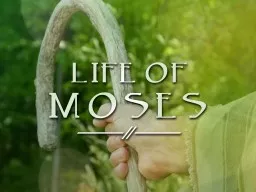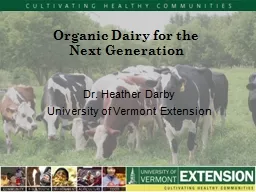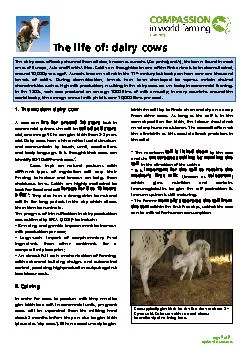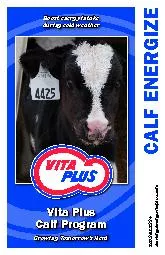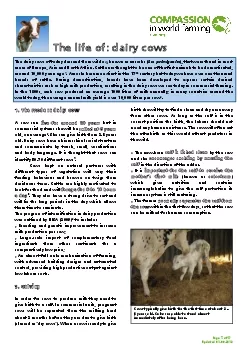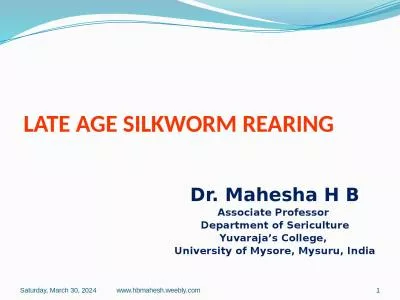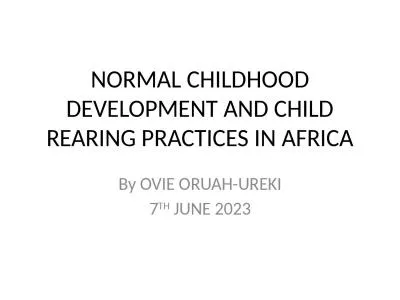PDF-Suckling, a natural calf rearing system for organic dairy farms J.
Author : alida-meadow | Published Date : 2015-11-06
J langhout is with the Louis Bolk Instituut Hoofdstraat 24 NL3972 LA Driebergen The Netherlands JLanghoutlouisbolknl JP Wagenaar is with the Louis Bolk Instituut
Presentation Embed Code
Download Presentation
Download Presentation The PPT/PDF document "Suckling, a natural calf rearing system ..." is the property of its rightful owner. Permission is granted to download and print the materials on this website for personal, non-commercial use only, and to display it on your personal computer provided you do not modify the materials and that you retain all copyright notices contained in the materials. By downloading content from our website, you accept the terms of this agreement.
Suckling, a natural calf rearing system for organic dairy farms J.: Transcript
Download Rules Of Document
"Suckling, a natural calf rearing system for organic dairy farms J."The content belongs to its owner. You may download and print it for personal use, without modification, and keep all copyright notices. By downloading, you agree to these terms.
Related Documents

